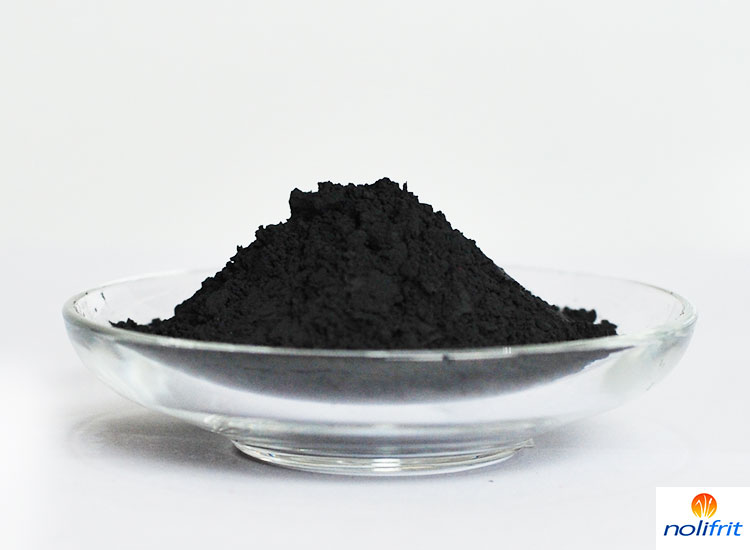Copper Chromium Black Pigment
Copper-chromium black pigment has high temperature resistance, high light fastness, acid resistance, alkali resistance, weather resistance, easy dispersion, non-migration, and non-leakage. Mainly used in high temperature (resistant) coatings, ceramics, enamels, coil coatings, long-lasting coatings, glass coloring, high temperature resistant engineering plastics and food contact plastics, and artistic coatings.

Chemical composition: copper/chromium/iron oxide
Color name: Pigment Black 28
Color registration number: C.I.77428
CAS Number: 68186-91-4
Physical form: black powder
Crystal mode: Spinel
Chemical structural formula: CuCr2O4
Molecular weight: 231.54
Advantages: high temperature resistance, high light fastness, acid resistance, alkali resistance, weather resistance, easy dispersion, no migration, no leakage.
Application: Mainly used for high temperature (resistant) coatings, ceramics, enamels, coil coatings, long-lasting coatings, glass coloring, high temperature resistant engineering plastics and food contact plastics, and artistic coatings.
Copper barium ammonium chromate is the most commonly used substance in the production of copper chromate. The copper chromate mixture produced by this method can only be used in the process of inert materials containing barium, because barium is the product of the decomposition of copper barium ammonium chromate and therefore will be present in the resulting mixture. The by-product copper oxide is removed by acetic acid extraction, including pickling, decantation, and then heating and drying the remaining solid to obtain separated copper chromate. Copper chromate is produced by exposing copper barium ammonium chromate to a temperature of 350-450°C, usually through a muffle furnace.
Ba2Cu2(NH4)2(CrO4)5 → CrCuO3 + CuO + 2 Ba + 4 H2O + 4 Cr + N2 + 6 O2
It is also possible to use solid copper carbonate CuCO3·Cu(OH)2 with higher purity and sodium dichromate Na2Cr2O7·2H2O in a certain proportion, and after mixing uniformly, grind into subdivisions and add to the calciner at 810~820 Calcined at a temperature of °C. High-temperature calcination can be carried out in a continuous method in a rotary kiln, or batchwise in a batch method in a muffle furnace. After rinsing, filtering, drying, and grinding, the finished product is obtained.
Or use the aqueous solution of copper sulfate (CuSO4·5H2O) and the aqueous solution of sodium dichromate (Na2Cr2O7·2H2O) to co-precipitate in a certain proportion, and the precipitate is rinsed, filtered, dried, and then calcined in a calciner. Copper chromate.